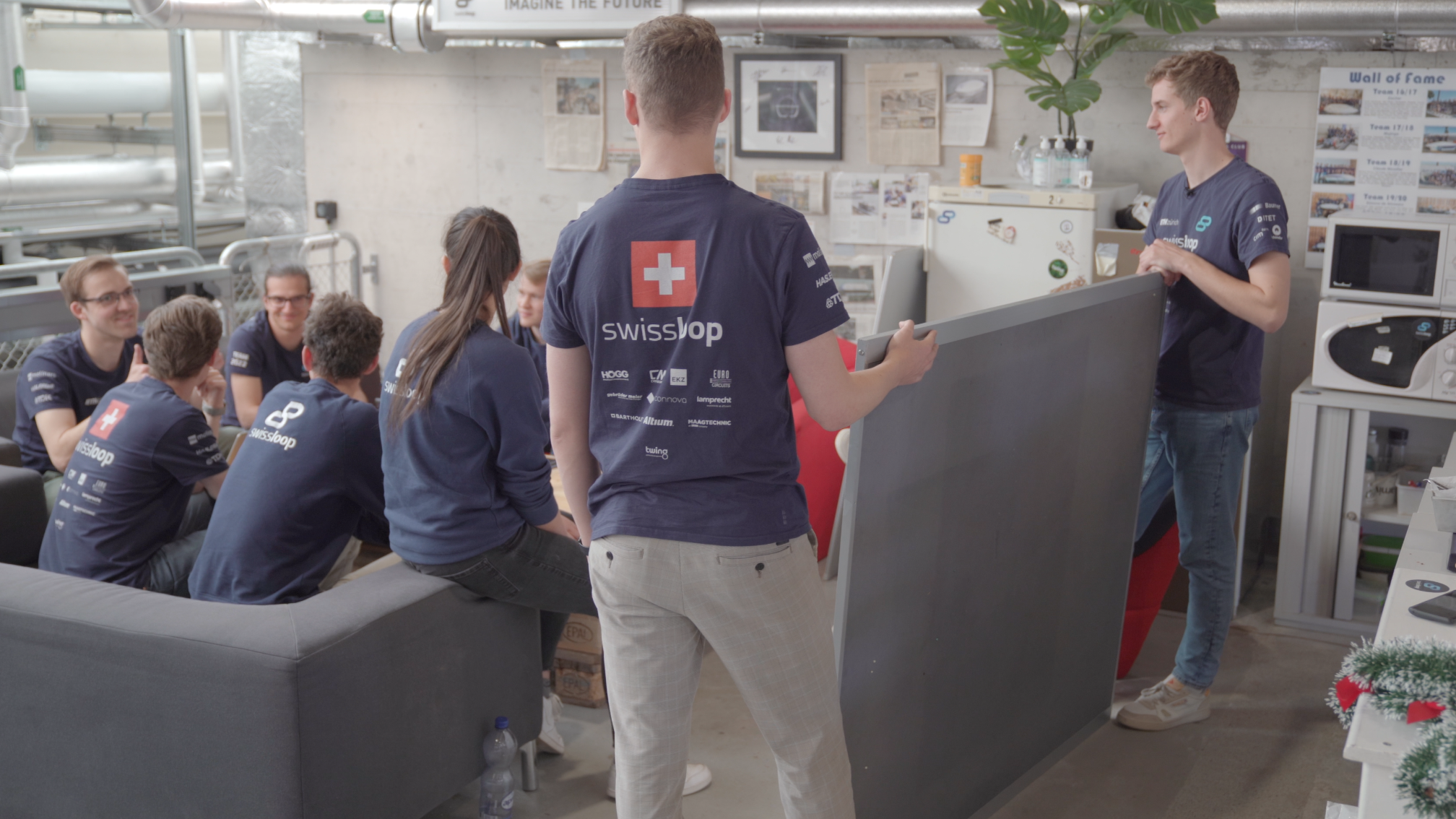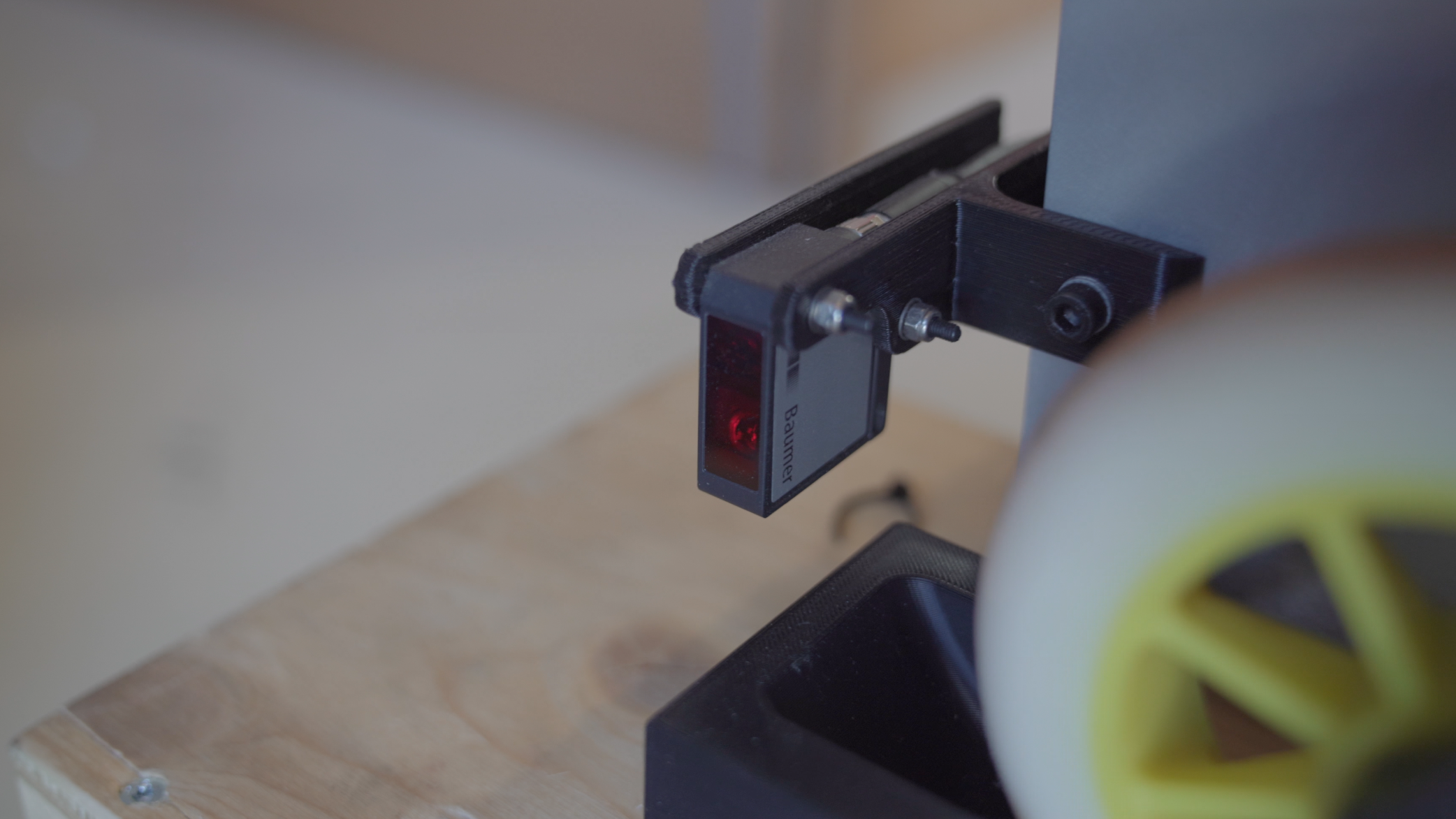13-apr-2023
Making of high-speed pod

This mixture does work fine: A visionary idea, high-tech components at their best, and enthusiastic students working together to achieve a great goal. Welcome to the Innovation Park Zurich. On the grounds of the Dübendorf airfield, 35 students from ETH Zurich and other universities are working on prototypes for the high-speed mobility of the future in the Swissloop project. The visionary idea driving them is called Hyperloop: people or goods are to whiz past all the traffic jams in a transport capsule, the pod, at almost the speed of sound through an airless tube. From Zurich to Berlin in 35 minutes, Zurich - Geneva in 15 minutes.
Is this a realistic traffic concept or the pipe dream of Elon Musk, who launched a competition of pod ideas with this vision ten years ago? This discussion is not the issue in the high roofed hangar in Dübendorf. What’s important here is the big goal: In July, the prototype is to take to the test track in Edinburgh as quickly and perfectly controlled as possible at the European Hyperloop Week in Scotland.
The team designs almost all components itself
Now that the design and construction phase is complete, the Swissloop team is in the midst of manufacturing components and assembling its pod. Unlike the other competition teams, the budding engineers produce almost all the components they need themselves. Starting with the 3D-printed holder for the Baumer light barriers up to the circuit board design. You can see this in the lively hustle and bustle in the well-stocked hangar. In each work area, the Swissloop makers are working well focused on their specialty: Lina is soldering electronic components onto a self-designed PCB under the microscope, Noël is mounting the O200 light barriers for position determination on the bracket, and Marvin is coding the sensors at one of the computer workstations up in the gallery. Parked in front of a shelf, the 2.6-meter-long green epoxy mold is waiting to give the carbon and resin body its streamlined shape.
Chasing records with Baumer sensors
As Operations Leads, Louis Chambre keeps track of the multitude of subsystems and arranges the project plans so that in the end all threads come together as planned. Louis and his team can rely on Baumer, which has sponsored Swissloop with high-precision, compact sensors since 2017. "The Baumer sensors play a big role in making the pod work," says the mechanical engineering student.
The pod is equipped with extremely fast and high-precision Baumer sensors. They monitor the pod's acceleration and position, as well as its drive and braking systems. PBMN pressure sensors watch over the pneumatic system, OM20 laser distance sensors ensure the correct positioning of the pod on the rail, and ultra-compact O200 photoelectric sensors determine the exact position, completely unaffected by changing light conditions.
Well connected to the Baumer experts
Equipping with high-tech components is one thing. But the pod designers can only unleash the full potential of the powerful sensors with expert advice. Thomas Schneider and Andreas Staub from the Baumer sales team ensure this with their know-how. Louis already knows the two specialists from the previous year, when he developed the braking system at Swissloop and brought it to the pod. "The cooperation with Baumer is very good. We are very satisfied," he reports.
Will everything work the way Louis and his colleagues have developed and manufactured it? Find out in the next article in this series.


